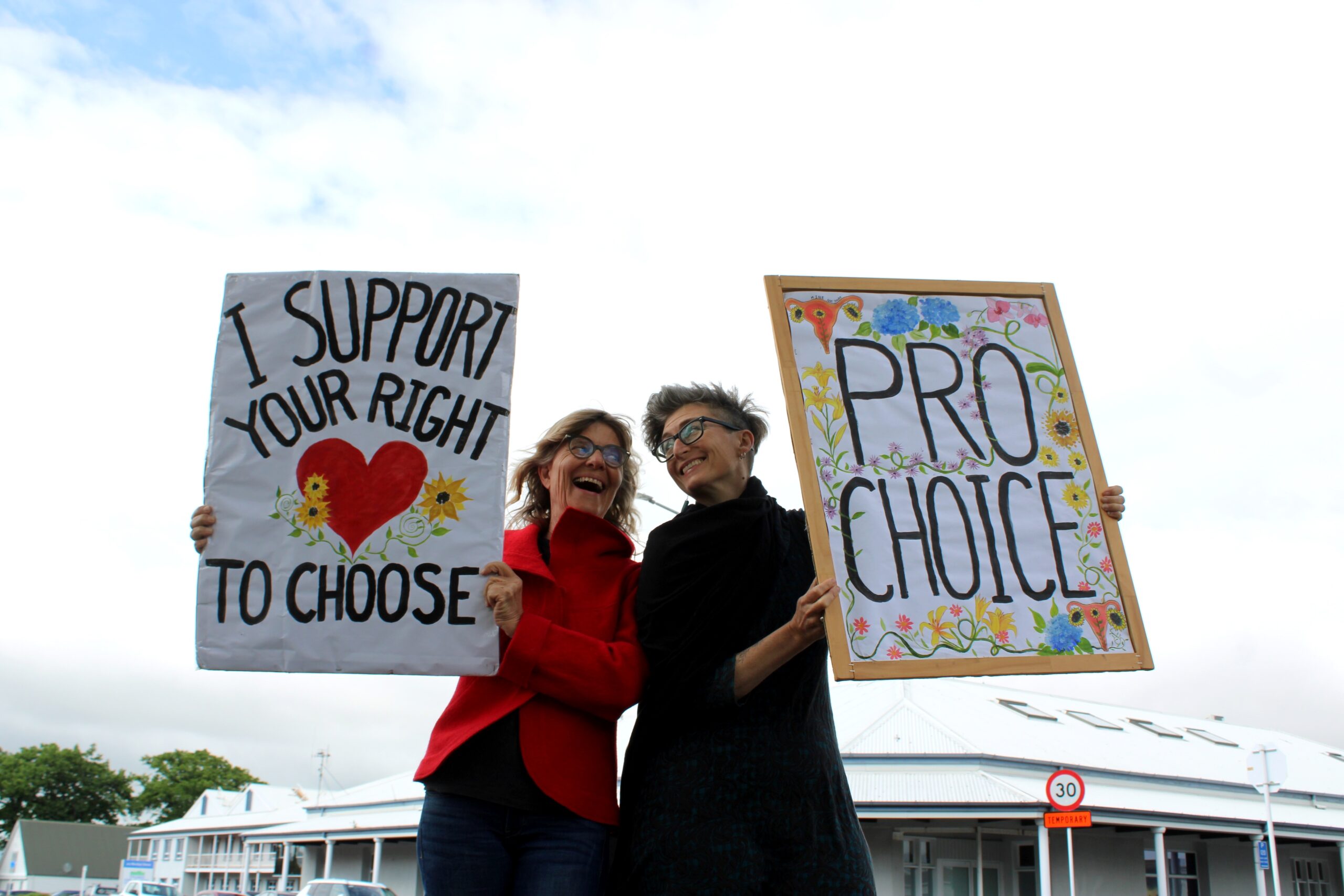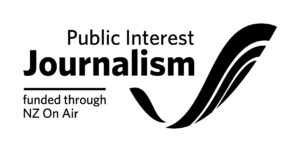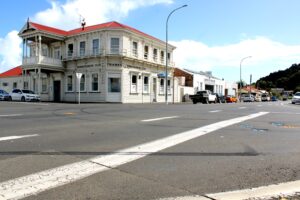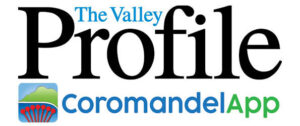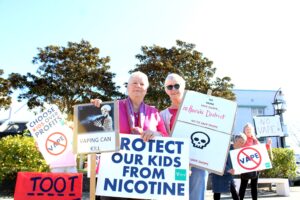Two women stood on a street corner adjacent to Thames Hospital almost every fortnight for a year.
As they brandished colourful signs, they were brought coffee, and car horns tooted in support.
Some passers-by didn’t know their purpose, and had to peek at the placards which had words like: ‘I support your right to choose’.
Now, Laura Hamilton and Sylvia Blood are thanking the community for their small acts of kindness which motivated them to see their mission through.
As of October 5, a Safe Area has been enacted around Thames Hospital, meaning certain behaviours that may be considered distressing to a person accessing or providing abortion services are prohibited.
It means pro-life protestors are unable to have a presence on the four streets surrounding the hospital.
“We were so happy, delighted, excited,” Laura – who is pro-choice – said. “Knowing that, at this particular time, there’s the power of the law on our side… it allows us to be in a position to hopefully change the narrative.”
The Government’s Contraception, Sterilisation and Abortion Amendment Act came into force on March 19, 2022 and allowed for the creation of prescribed Safe Areas – which aim to protect the safety, wellbeing, privacy and dignity of people who are accessing or providing abortion services.
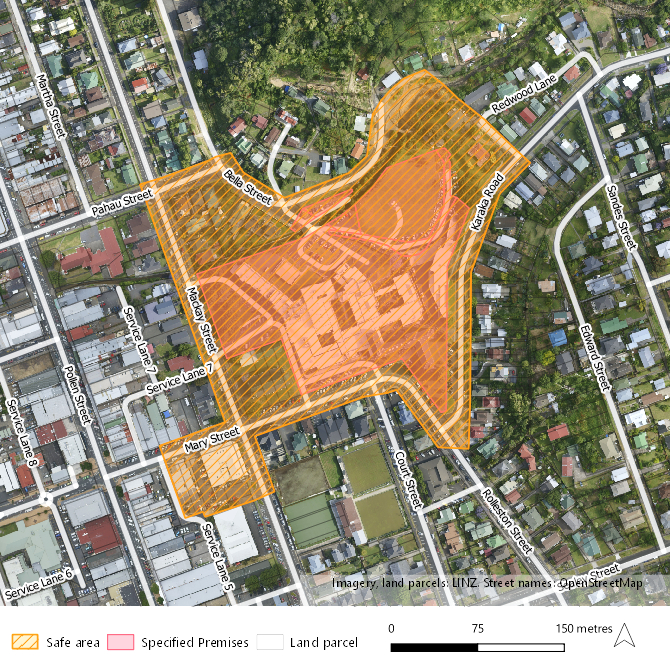
Laura and Sylvia, who stood on the street corner as a countermeasure to the pro-life protesters who also frequented the hospital boundary, got in touch with Thames Hospital to ask if it would be applying for such an area.
It did, in December, 2022.
“It took three months for the inspection from Manatū Hauora Ministry of Health… and a week before the inspection, I wrote a letter in support of the Safe Area on behalf of the community and attached a petition,” Laura said. “Within a week, we’d gathered over 100 signatures.
“We heard on September 21 that, after nine months from the application, the safe area was approved, and it’s been enforceable since October 5. Meaning the activity that was occurring
before with anti-abortion signs is no longer legal.”
Across the country, only 11 providers of abortion services have Safe Areas in place, but Laura and Sylvia believe it to be a no-brainer for all abortion service providers to be free from harmful or hurtful behaviours from outside members of the public.
“Women should be able to have access to safe healthcare without being harassed, harangued, manipulated or threatened,” Sylvia said.
“And it was not just the women who were going with their whānau or partner to a termination, but the women who had already been through that experience who were still seeing [the pro-life protests] playing out.”
According to Manatū Hauora, the New Zealand Police will primarily be responsible for the enforcement of Safe Areas. A person convicted of engaging in prohibited behaviour within a Safe Area may be liable for a fine of up to $1000.
Laura said the Police in Thames had been called just once since the Safe Area was put into place.
“I think [the protestors] didn’t necessarily know the Safe Area existed,” she said. “It was enforced on October 5, and on the 6th, [pro-life protestors] were on the corner. So, I contacted the hospital just to let them know and there was an immediate police response.”
Prohibited behaviours include providing anti-abortion pamphlets or similar materials, and engaging in protest about matters relating to the provision of abortion services.
Sylvia and Laura believe pro-life protestors have moved to a new location in Thames, but were taking their absence from around the hospital as a “win”.
“Personally, I don’t think anyone should be on a street corner making any commentary around people’s access to health care, including us,” Laura said. “Many people before us have had counter-protests and tried to lobby for free and unobstructed access to the clinic.
“So this is a huge win for reproductive rights,” she said. “Women accessing health care shouldn’t be open to any public scrutiny.”
DETAILS: Applications for providers to request a Safe Area at their premises are opened periodically throughout the year. The next application round will be opened in February, 2024. Further rounds will open quarterly.
BY KELLEY TANTAU

